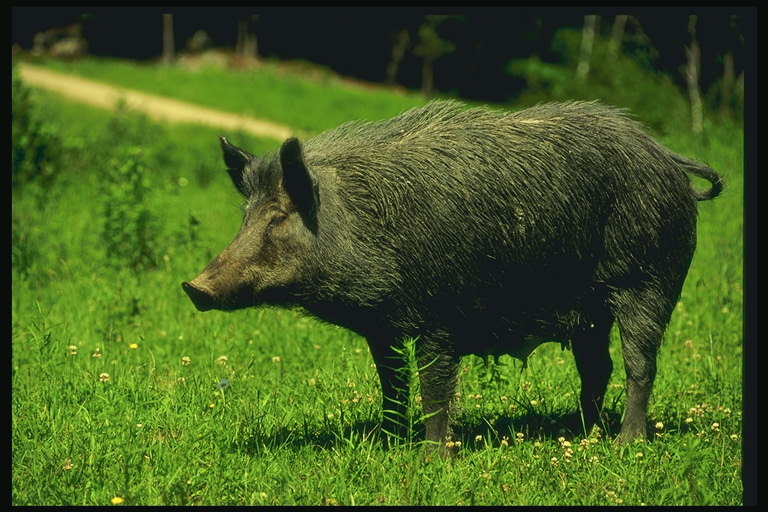Lactic. Acid. Bacteria. Serum. It sounds something like another toilet cleaner, doesn't it? Haha! Well, for this post, I am going to list down the step by step procedure as to how you can culture your own beneficial bacteria for your animals' well being. But before I do so, I'll include an incident regarding our topic for today. Here it is:
An agricultural trainer from the ITCPH shared a story about a dog which she found lying pitifully at her gate one random day. The dog was probably hit by a car two days from that time as what its bruises showed. She felt so sorry for the dog that she decided let it in to her gate and rest on her front garden. Afterwards, she got a bottle of pure serum of lactic acid bacteria (which she cultured herself at home for her orchids) and mixed it with some left over food. In less than one hour, the dog pooped. Can you guess what she saw?
This is one good example how probiotics in effective microorganisms can be as beneficial as (if not more than) antibiotics. And come to think of it, it was home-made and cheap.
Now, I am more than willing to share to you the way how to culture your own bacteria at home for your livestocks---and even for your pets. Let's start!
Things you will need:
rice wash
fresh milk
molasses
2 containers
clean paper
straw
clean water (preferably, untreated and unchlorinated)
How to prepare your LABS:
First, wash your rice the same way as you prepare it for cooking. Be mindful though that the amount of water should be 150% of the volume of your rice. You don't need to squeeze the rice to extract more for your bacteria. Imagine, you are about to cook your staple food and instead of throwing away the rice wash, you will have to simply set it aside in a clean container, put a paper cover on it to make sure that no other microbes or insects can infect your fermentation. Leave it for 5-7 days.
Why do we have to leave it for almost a week? This is to allow the good bacteria from the rice to accumulate.
After the said time frame, you will notice that there are three layers in your fermented rice wash. On top is a very thin silk-like film, underneath it is your lactic acid and below are some residue. On this stage, the liquid is already smelling a little sour. If you notice some molds that are starting to grow inside your container or on top of the fermented rice wash, you have to dispose everything and start to ferment a new one again because it already is wasted and it would not make any sense to continue fermenting it because the bad bacteria already started to accumulate in your fermentation.
Now, if you don't see any blackish or grayish spots on top, then that's good!
You will have to filter the liquid and get only the lactic acid part. This time, add some fresh milk in it, about 10 times more than the amount of the rice wash. If you are simply trying to do this as an experiment, you may cut down the volume of your rice wash to avoid using a lot of milk. Then, cover it with the same paper and make sure that no insect could find a way in as more likely, it will attract them because of its smell. Leave it again for 5-7 days.
Needless to say, good bacteria or probiotics multiply better through fermentation.
A yellowish substance will be noticeable underneath the layer of fats. Filter the liquid again to separate the solid part containing fats, proteins and carbohydrates which you don't have to throw away as this will be great for your livestock feeds. After that, you are almost done. Simply add the same amount of molasses into your concoction and this will be your pure serum with lactic acid and leave it again for about a week.
That is how you culture your own probiotics using rice wash. Remember that two tablespoons of pure serum will be necessary for every liter of water to be given to your livestock animals (including pets!) as drink or it can be sprayed on to your organic crops for soil rejuvenation.
How long will the pure serum stay good? The lactic acid bacterial serum will last up to six months from the time you started making it because they have molasses in them which basically becomes their food for the said time frame.
What do you think? It is easy, isn't it? Do you think you can do something like this at your home? Challenge yourself and make a difference.
Good luck!

No comments:
Post a Comment